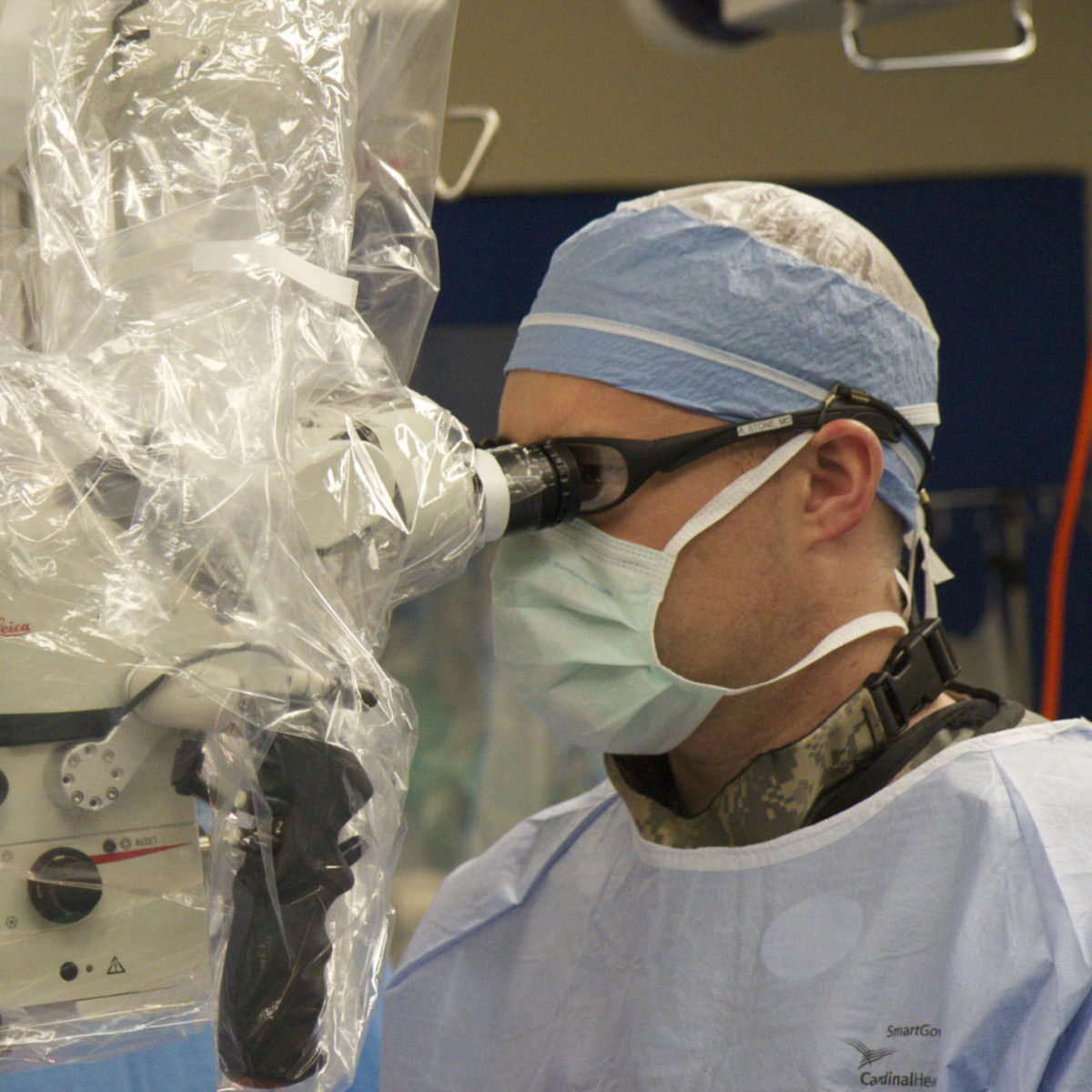What is Minimally Invasive Spine Surgery?
Minimally invasive spine surgery represents a surgical philosophy to minimize soft tissue damage that normally occurs during surgery. This involves not only making smaller incisions, but also limiting the amount of soft tissue disruption beneath the skin. While the incisions may be considerably smaller than standard incisions, the procedure performed is essentially the same. This significantly reduces post-operative pain and provides a much faster recovery. In addition, infection rates are significantly lower with minimally invasive techniques. Traditional approaches often disrupt the blood supply to soft tissues. This can cause cells to die (necrosis) creating the perfect environment for bacteria to grow. With minimally invasive techniques, surgeons dilate thru muscle with a series of dilators in order to place a tube. The dilators are then removed and surgery is performed through the tube using a microscope and specialized instruments. This preserves blood flow to muscles and minimizes post-operative pain. Advances in surgical techniques as well as equipment allow surgeons to perform minimally invasive surgery for many procedures that were never thought possible.

